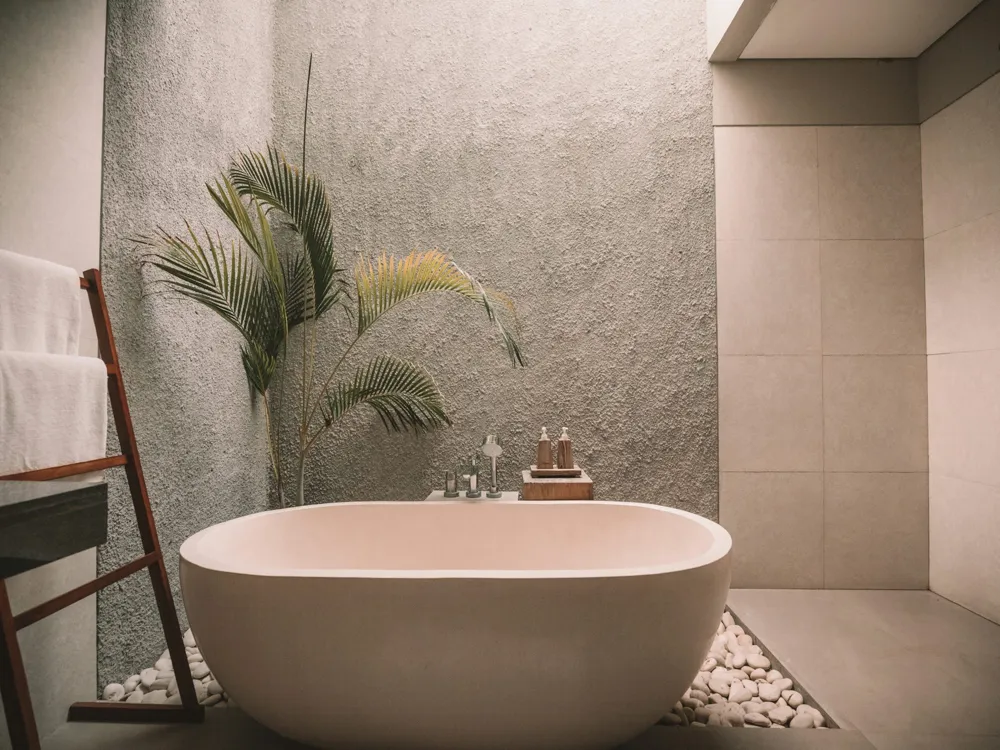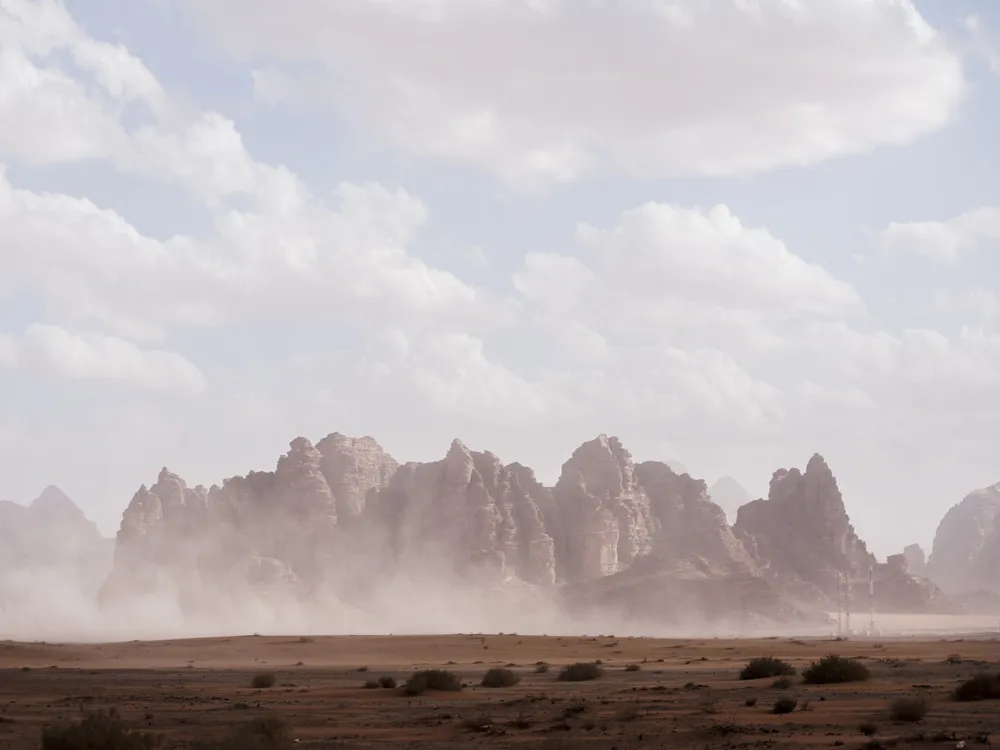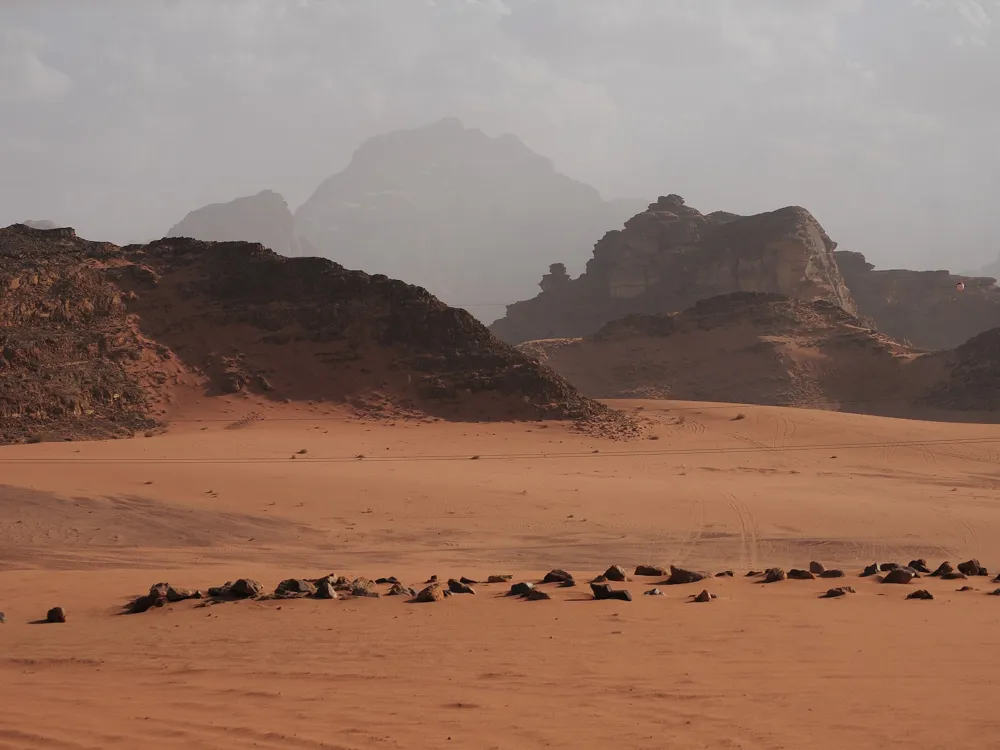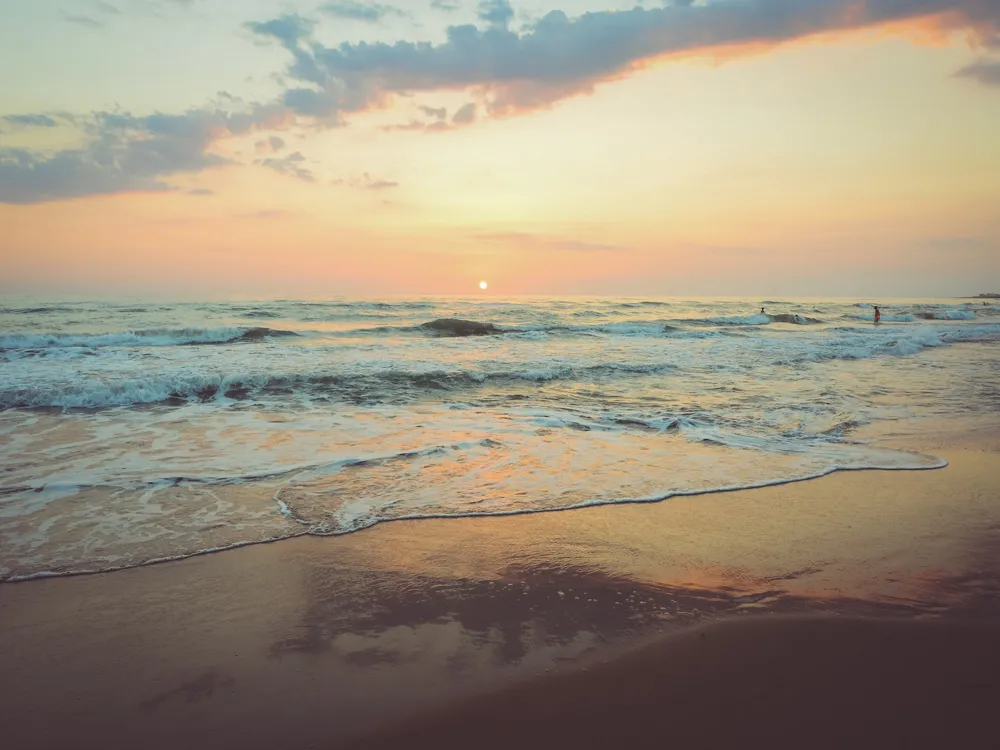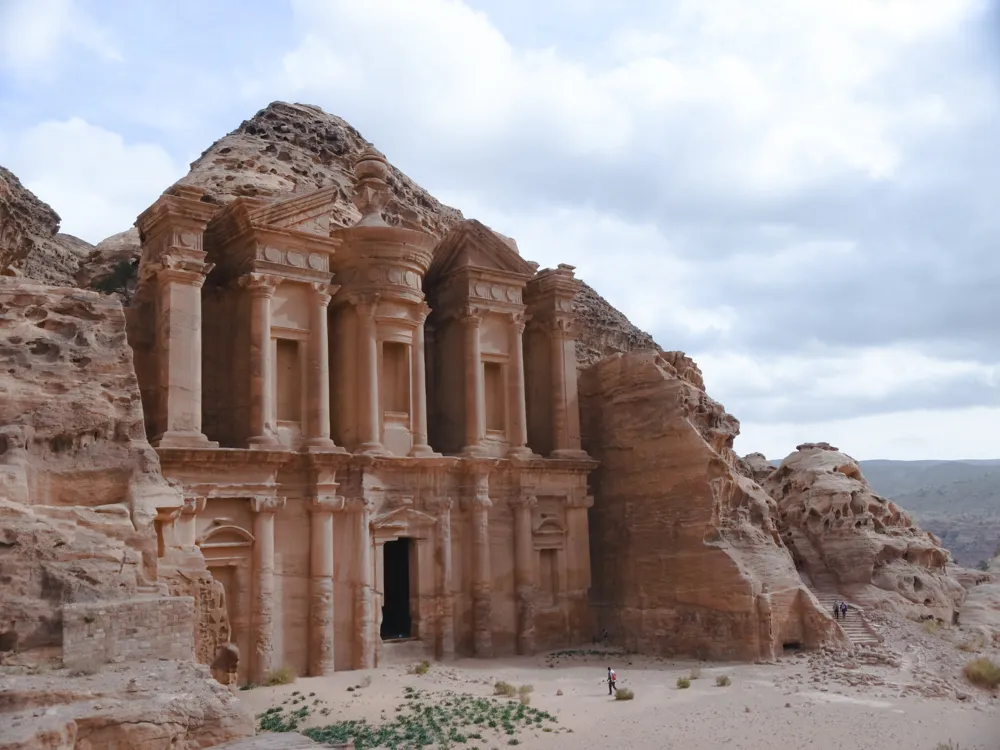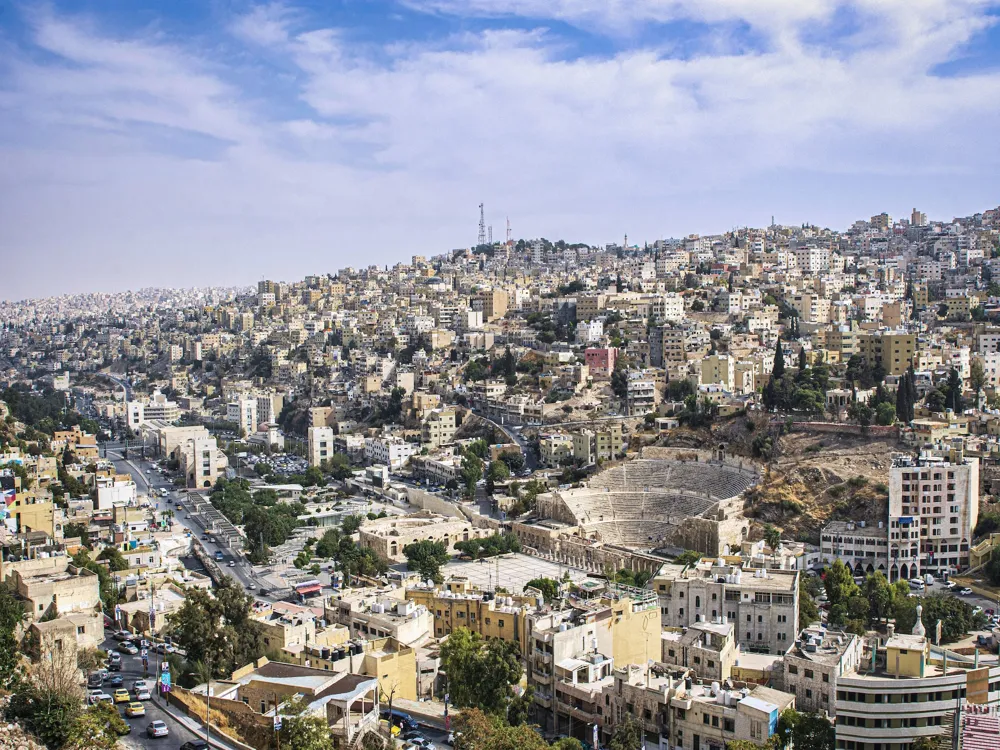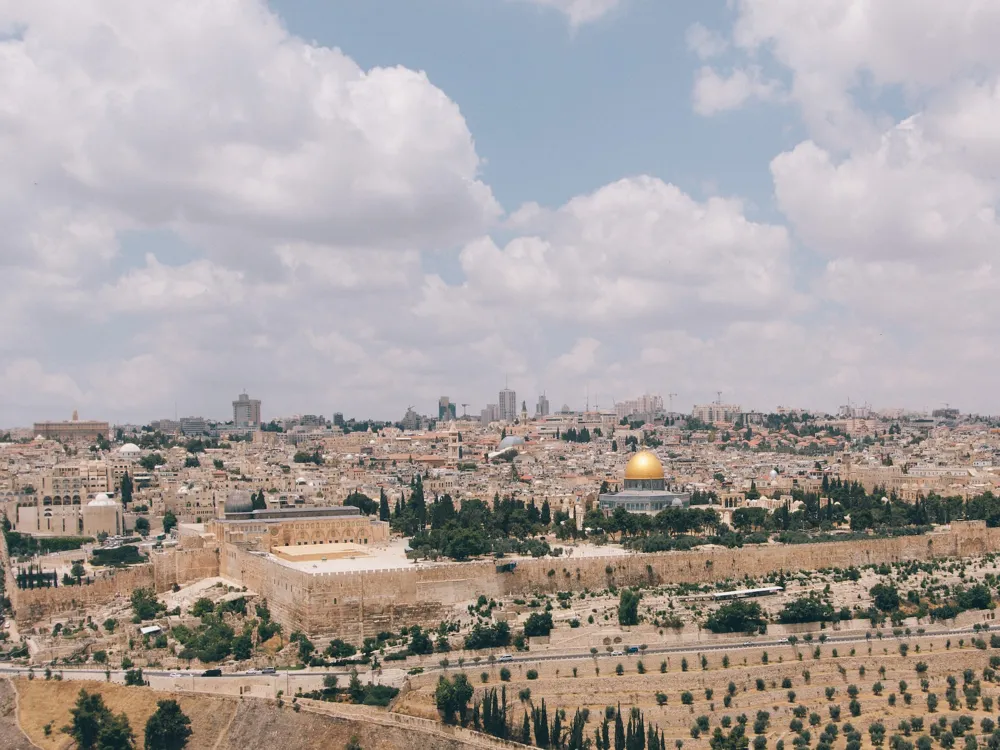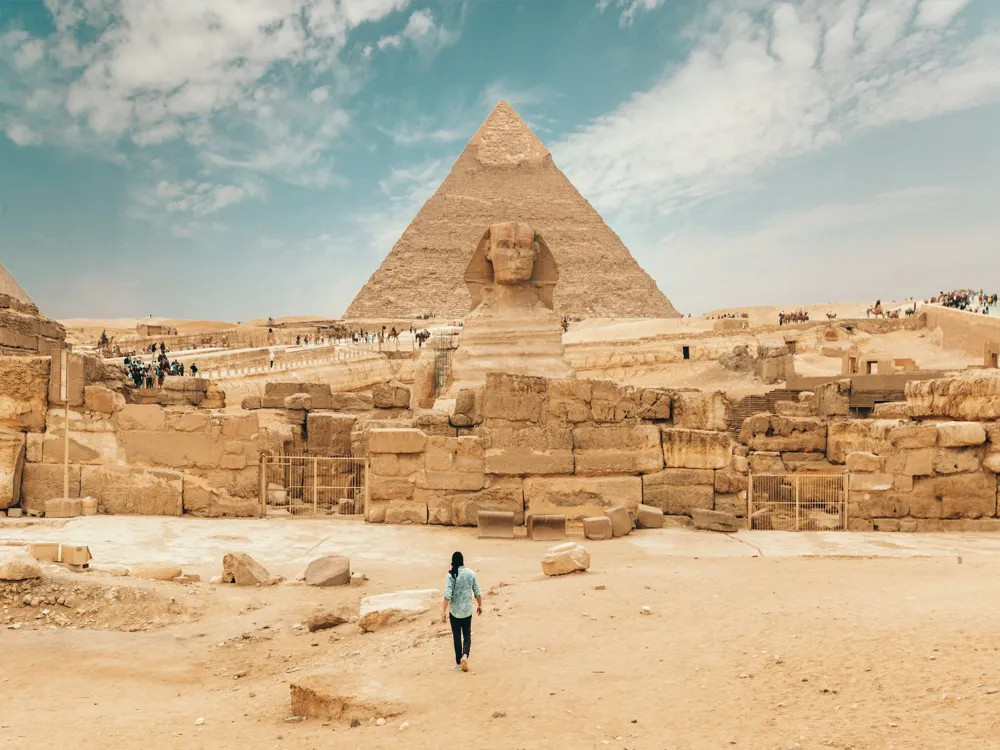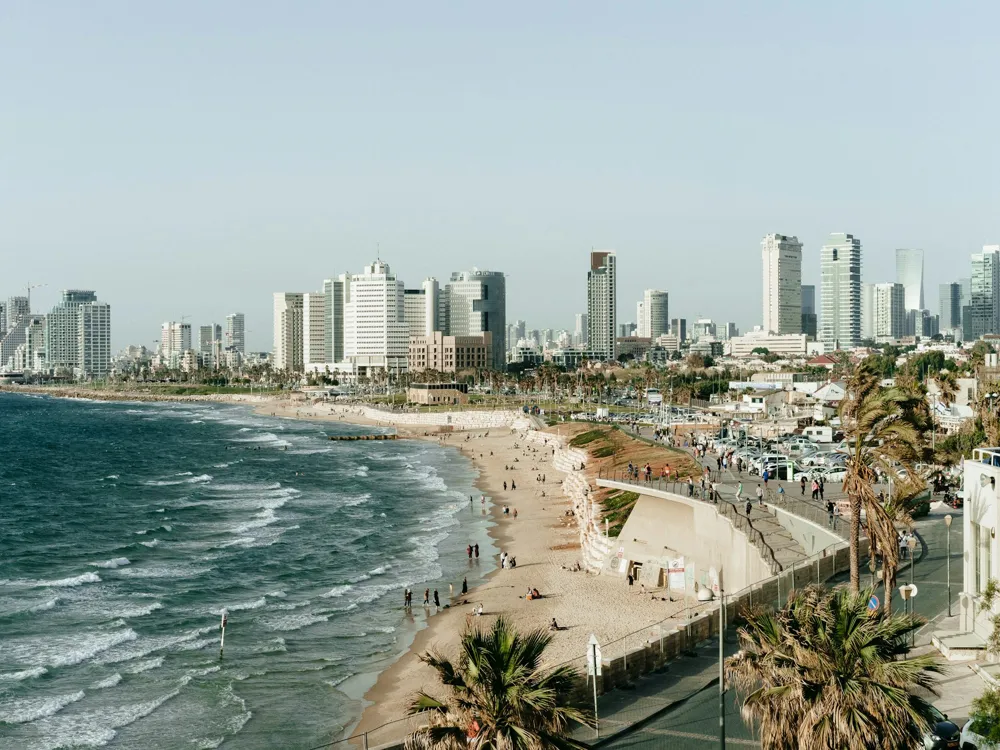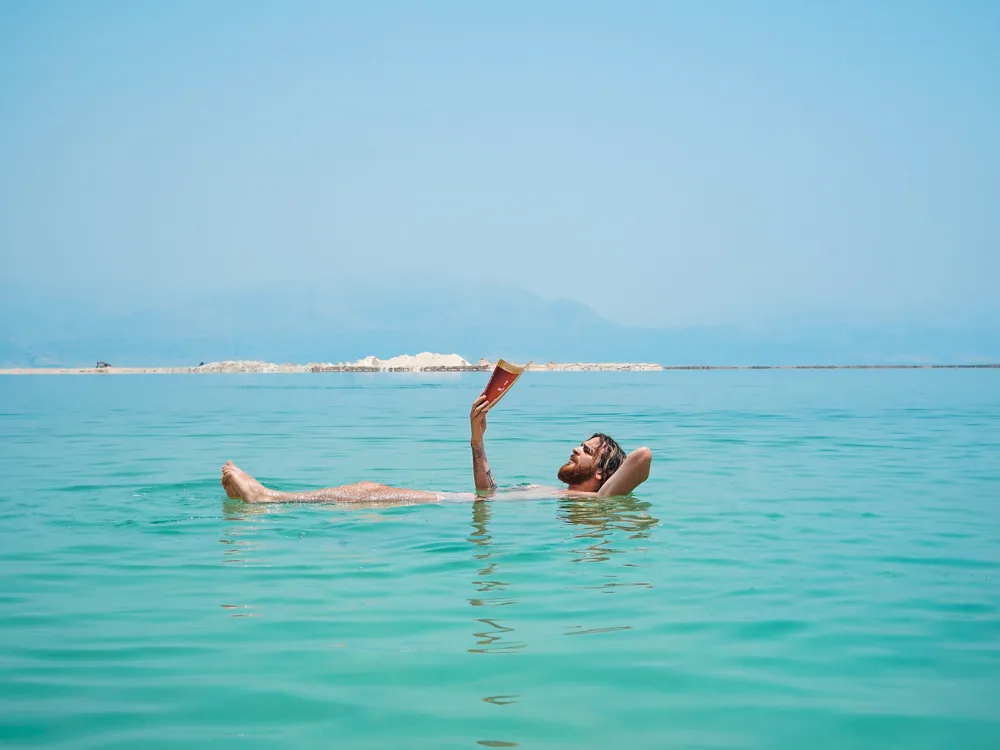Wadi Rum, also known as the Valley of the Moon, is a stunning desert wilderness in southern Jordan, near the city of Aqaba. This breathtaking landscape is famed for its towering sandstone mountains, vast red sand dunes, and ancient rock carvings. Wadi Rum's unique natural beauty has captivated travelers for centuries, making it a must-visit destination for nature enthusiasts, adventure seekers, and history buffs alike. The region's history dates back to prehistoric times, with evidence of human habitation as early as the 8th millennium BC. The area is rich in archaeological sites, including petroglyphs, inscriptions, and remains of ancient civilizations. The Thamudic and Nabatean peoples, among others, have left their marks on this timeless landscape. Wadi Rum's cultural significance is further heightened by its association with T.E. Lawrence, famously known as Lawrence of Arabia, who based his operations here during the Arab Revolt of 1917-1918. Today, Wadi Rum is not only a historical and cultural treasure but also a haven for outdoor activities. Visitors can explore the area through jeep tours, camel treks, hot air balloon rides, and even rock climbing. The region's unique ecosystem, home to a variety of desert flora and fauna, adds to its allure. Wadi Rum's clear desert skies also offer an unparalleled stargazing experience, making it an ideal destination for astronomy enthusiasts. The architecture of Wadi Rum is not defined by man-made structures but by its natural geological formations. The area is characterized by its towering cliffs, natural arches, caverns, and narrow gorges, shaped by centuries of erosion and tectonic activity. These natural architectural wonders create a dramatic and surreal landscape, unlike any other place on Earth. The most iconic formations in Wadi Rum include the Seven Pillars of Wisdom, a massive rock formation named after T.E. Lawrence's book. Another notable feature is the Burdah Rock Bridge, one of the highest natural arches in the world. The area is also home to Jebel Rum, the second-highest peak in Jordan, offering breathtaking panoramic views of the surrounding desert. While Wadi Rum's natural architecture is its main draw, the area also features Bedouin architecture, which reflects the traditional lifestyle of the local Bedouin tribes. This includes their black goat-hair tents, known as beit al-sha'ar, and simple, sustainable structures that blend seamlessly with the desert environment. These elements of Bedouin architecture complement the natural beauty of Wadi Rum and offer a glimpse into the traditional way of life in the Jordanian desert. The best time to visit Wadi Rum is during spring (March to May) and autumn (September to November) when the weather is mild and pleasant. Summer months can be extremely hot, while winter can be quite cold, especially at night. Wear comfortable, light clothing and sturdy footwear suitable for walking on sand and rocky terrain. A hat, sunglasses, and sunscreen are essential to protect against the sun. During winter, bring warm clothing for the chilly nights. Mobile phone coverage in Wadi Rum can be spotty, so prepare for limited connectivity. Informing friends or family about your travel plans beforehand is a good practice. Wadi Rum is a protected area, and it's important to respect the natural environment and local customs. Follow the guidelines provided by your tour guide and avoid littering or disturbing wildlife. Wadi Rum offers various accommodation options, from luxury camps to traditional Bedouin tents. Booking in advance is recommended, especially during peak tourist seasons. Wadi Rum is accessible from Aqaba, the nearest city, which is well-connected by air, road, and sea. From Aqaba, it's approximately a one-hour drive to Wadi Rum. Visitors can rent a car, take a taxi, or join a guided tour. For those coming from Amman, the capital of Jordan, the journey to Wadi Rum takes about four hours by road. Public transportation options are limited, so renting a car or joining a tour is advisable for a smooth travel experience. Read More:Overview of Wadi Rum in Aqaba
Architecture of Wadi Rum
Tips When Visiting Wadi Rum
Best Time to Visit
What to Wear
Staying Connected
Respecting Local Culture
Accommodation Options
How To Reach Wadi Rum
Wadi Rum
Aqaba
₹ 71,000 onwards
View aqaba Packages
Weather :
Tags : Desert
Timings : Anytime
Entry Fee : Free
Planning a Trip? Ask Your Question
Aqaba Travel Packages
View All Packages For Aqaba
Top Hotel Collections for Aqaba

Private Pool

Luxury Hotels

5-Star Hotels

Pet Friendly
Top Hotels Near Aqaba
Other Top Ranking Places In Aqaba
View All Places To Visit In aqaba
Faq on Aqaba
What is Wadi Rum Aqaba famous for?
Wadi Rum Aqaba is famous for its stunning desert landscapes, rugged mountains, and rich Bedouin culture. It's often referred to as the Valley of the Moon.
How far is Wadi Rum from Aqaba?
Wadi Rum is located approximately 60 kilometers (37 miles) from Aqaba, making it a convenient day trip destination.
Can you visit Wadi Rum from Aqaba?
Yes, many tour operators offer day trips or overnight stays in Wadi Rum from Aqaba. It's a popular excursion for visitors to the region.
What activities can you do in Wadi Rum Aqaba?
In Wadi Rum, visitors can enjoy activities such as jeep tours, camel rides, hiking, rock climbing, stargazing, and experiencing traditional Bedouin hospitality.
Is it safe to visit Wadi Rum Aqaba?
Yes, Wadi Rum Aqaba is generally considered safe for tourists. However, it's always advisable to check for any travel advisories before planning your trip.
View aqaba Packages
Weather :
Tags : Desert
Timings : Anytime
Entry Fee : Free
Planning a Trip? Ask Your Question
Aqaba Travel Packages
View All Packages For Aqaba
Top Hotel Collections for Aqaba

Private Pool

Luxury Hotels

5-Star Hotels

Pet Friendly
Top Hotels Near Aqaba
Other Top Ranking Places In Aqaba
Faq on Aqaba
What is Wadi Rum Aqaba famous for?
Wadi Rum Aqaba is famous for its stunning desert landscapes, rugged mountains, and rich Bedouin culture. It's often referred to as the Valley of the Moon.
How far is Wadi Rum from Aqaba?
Wadi Rum is located approximately 60 kilometers (37 miles) from Aqaba, making it a convenient day trip destination.
Can you visit Wadi Rum from Aqaba?
Yes, many tour operators offer day trips or overnight stays in Wadi Rum from Aqaba. It's a popular excursion for visitors to the region.
What activities can you do in Wadi Rum Aqaba?
In Wadi Rum, visitors can enjoy activities such as jeep tours, camel rides, hiking, rock climbing, stargazing, and experiencing traditional Bedouin hospitality.
Is it safe to visit Wadi Rum Aqaba?
Yes, Wadi Rum Aqaba is generally considered safe for tourists. However, it's always advisable to check for any travel advisories before planning your trip.








